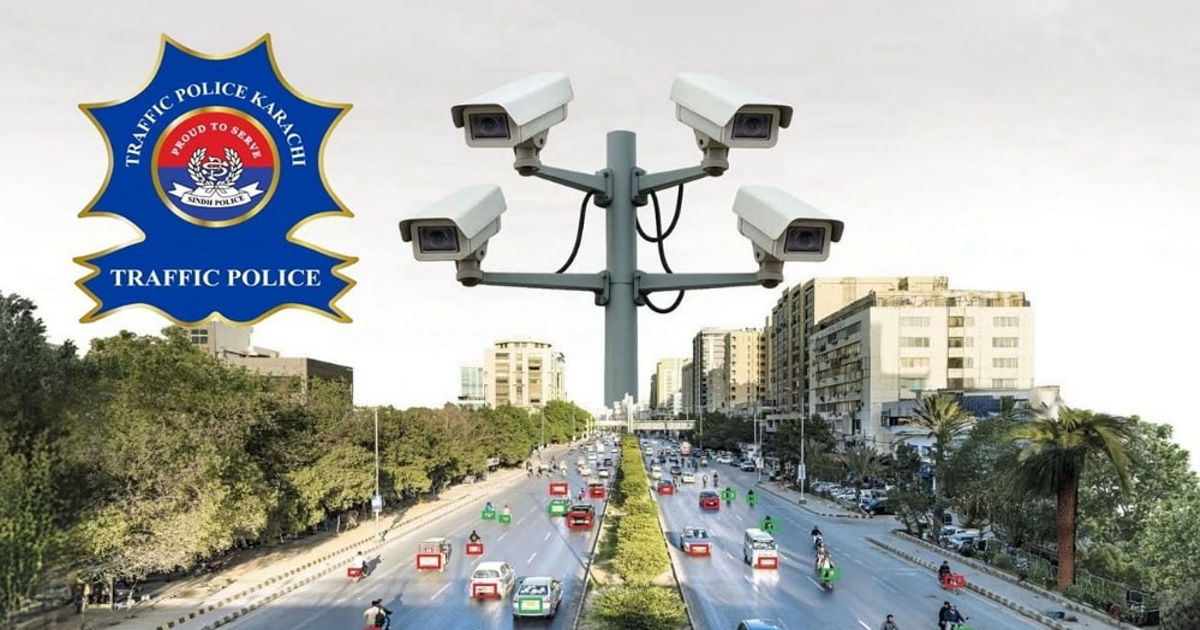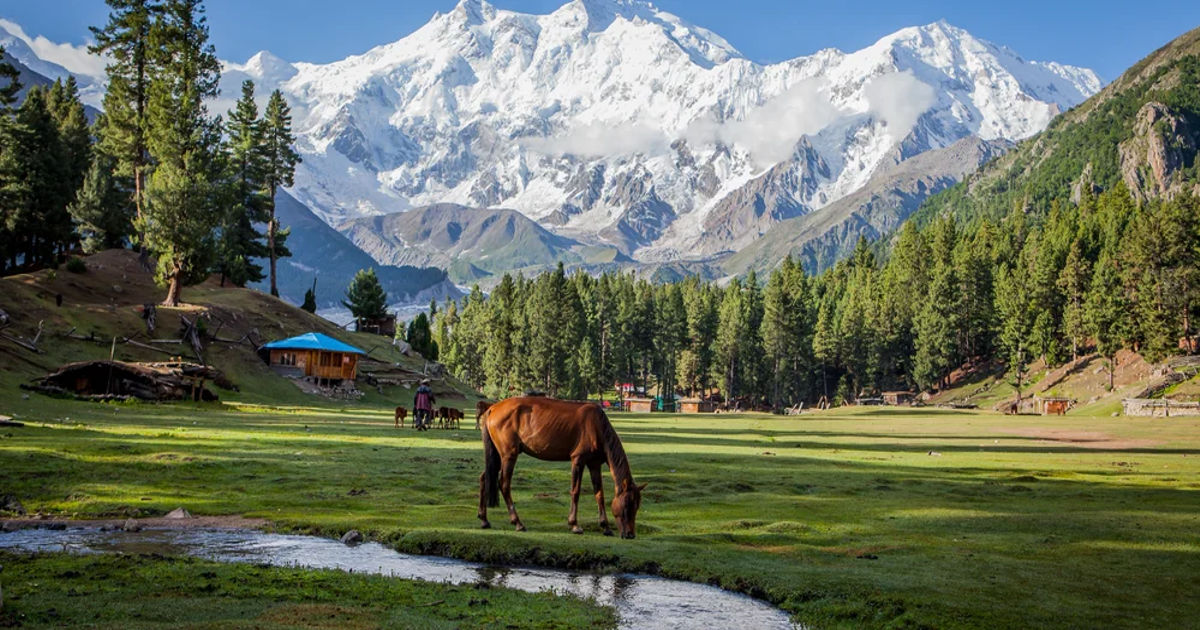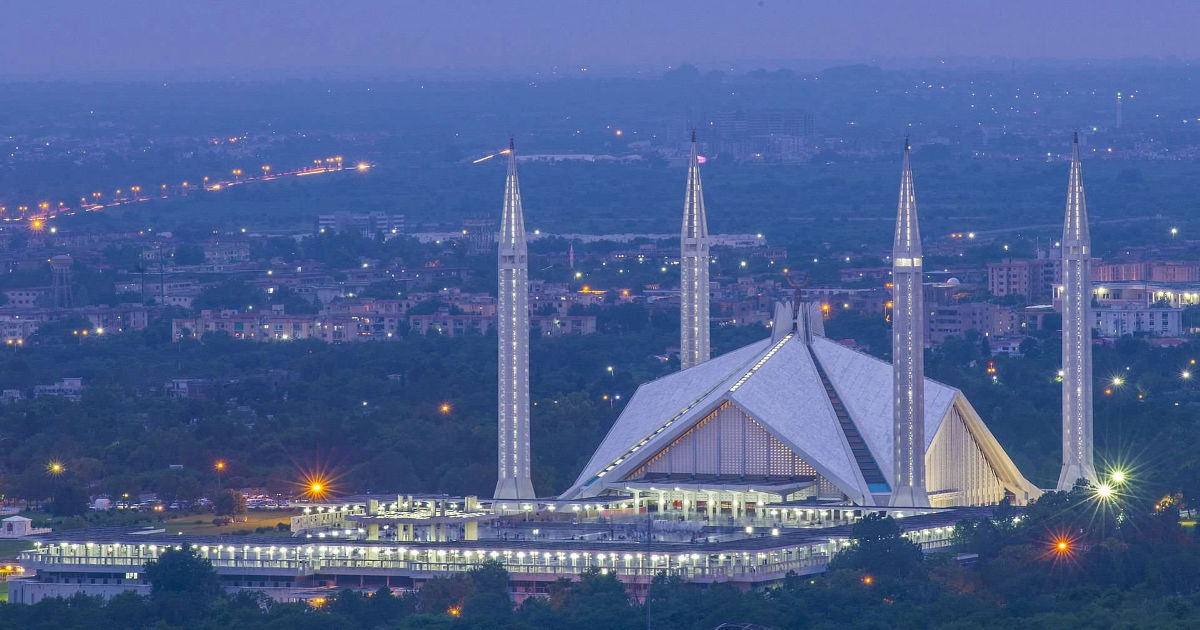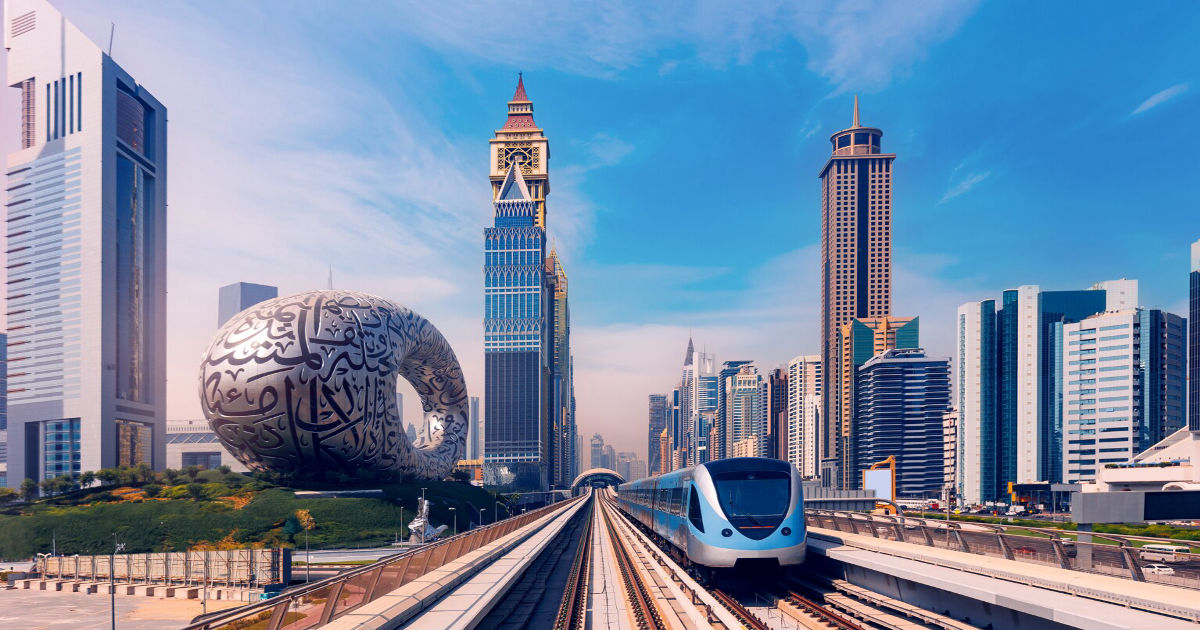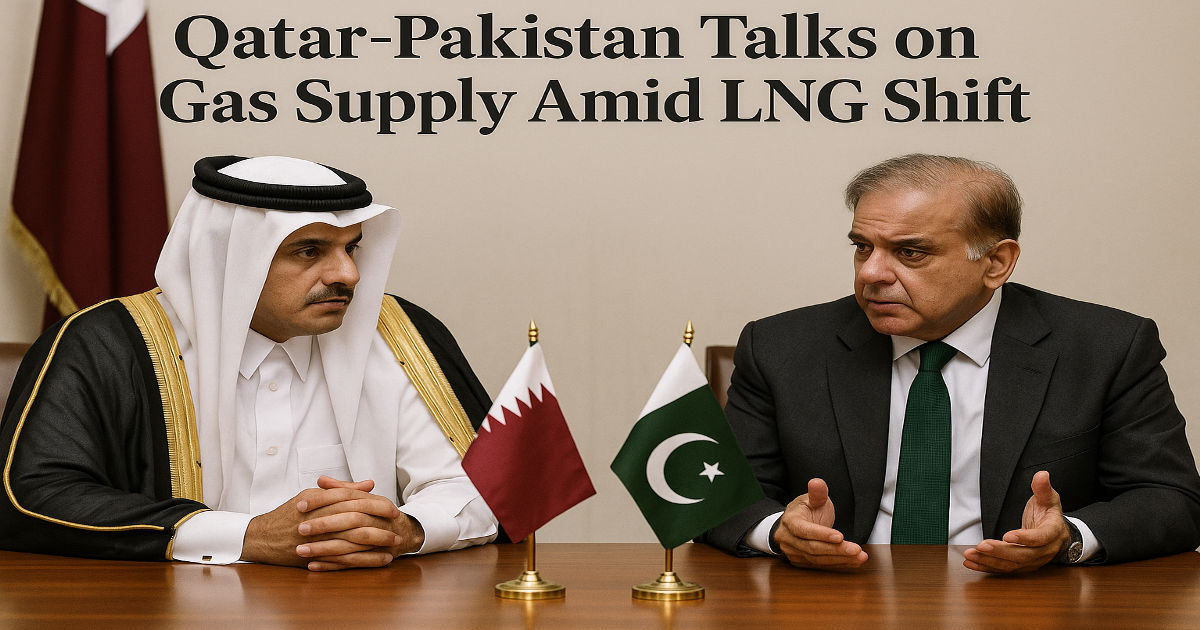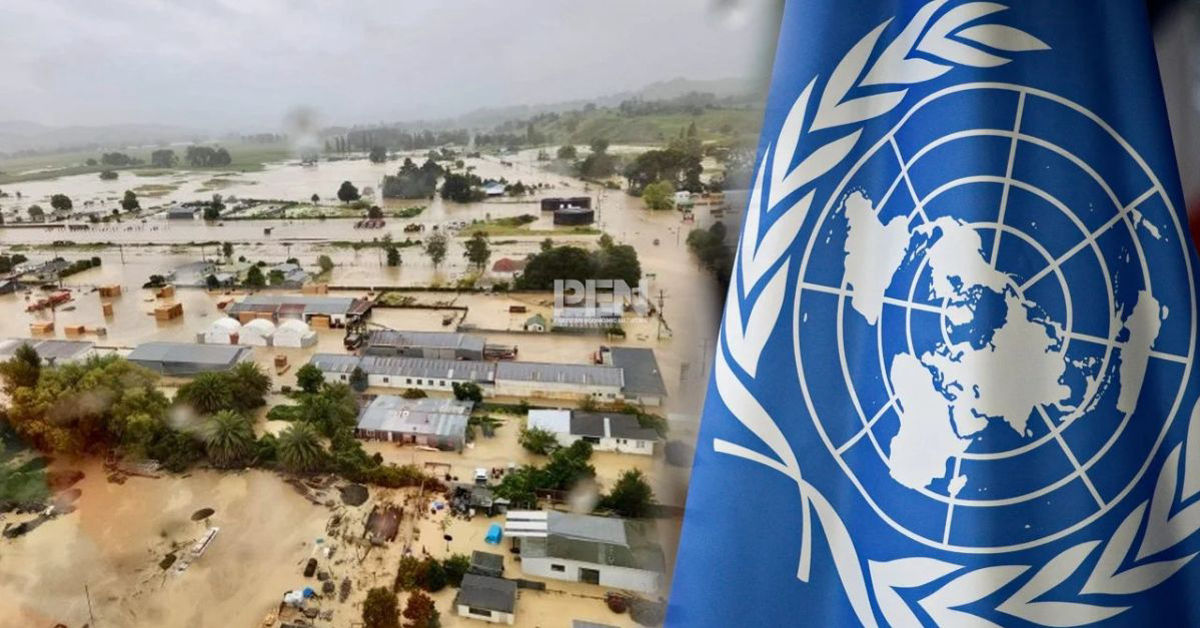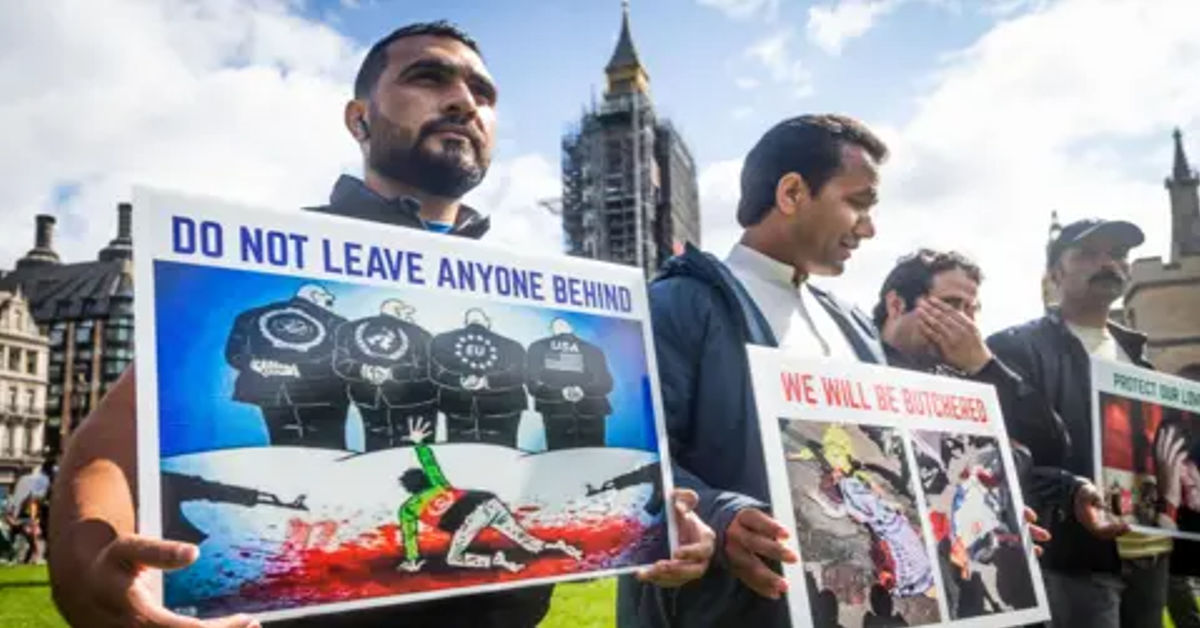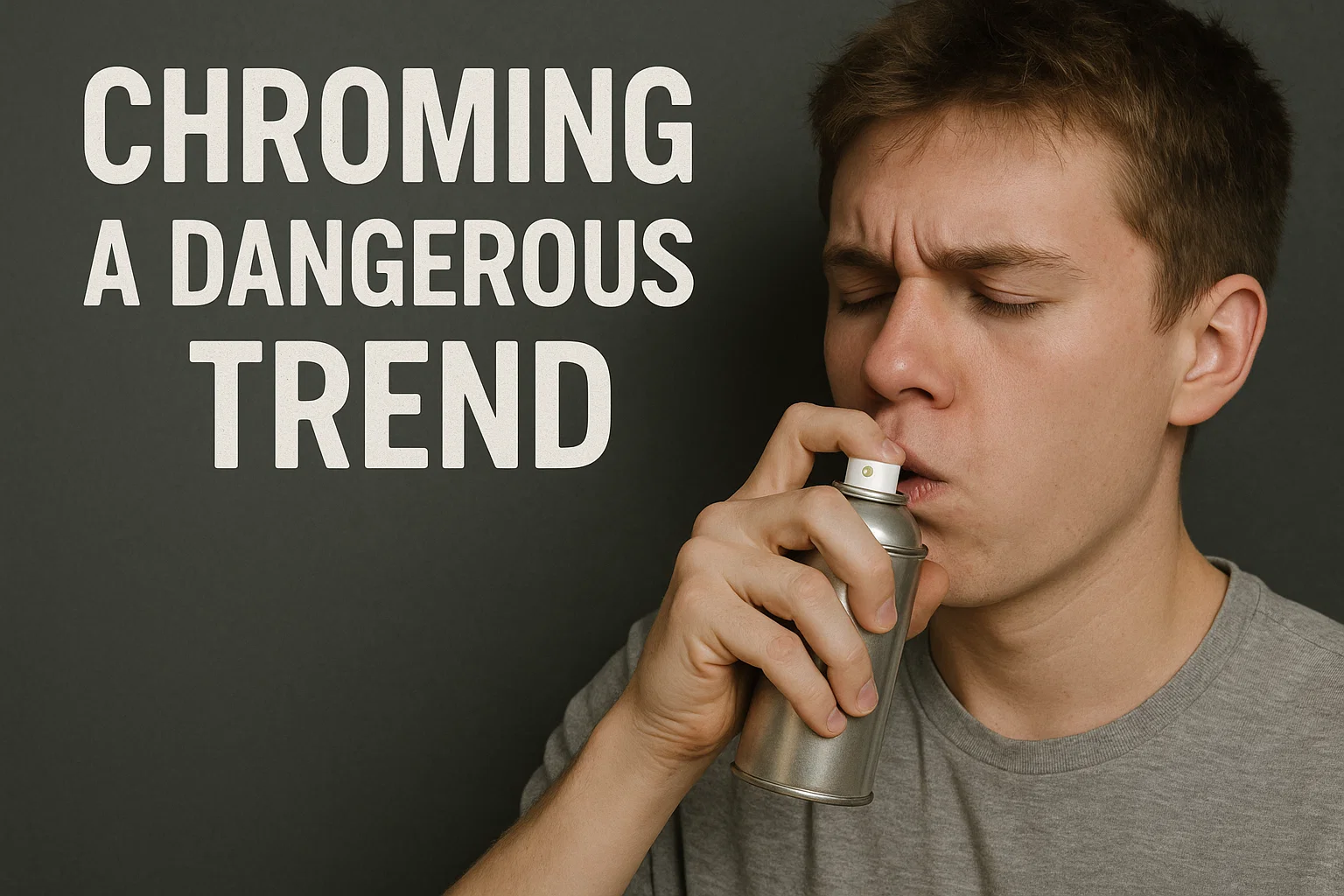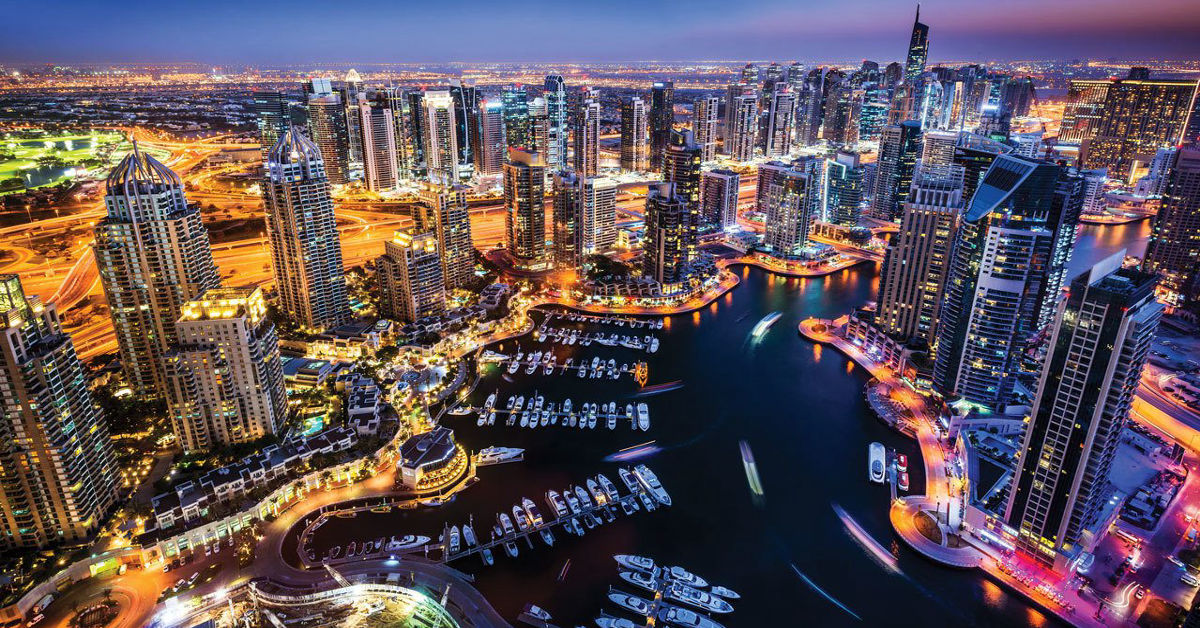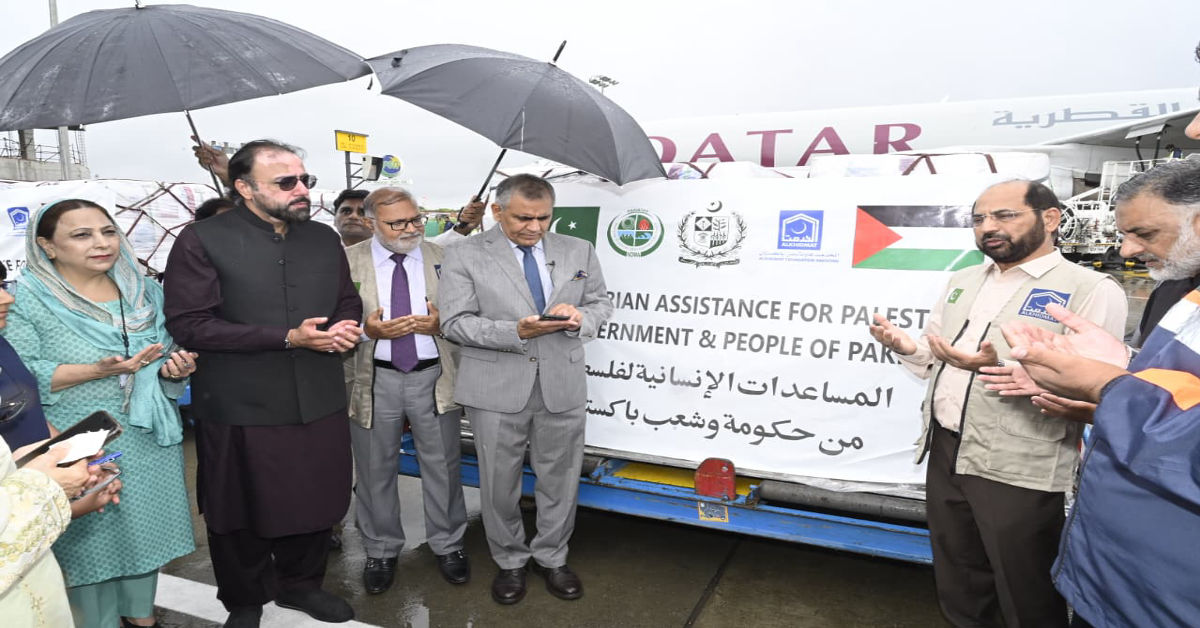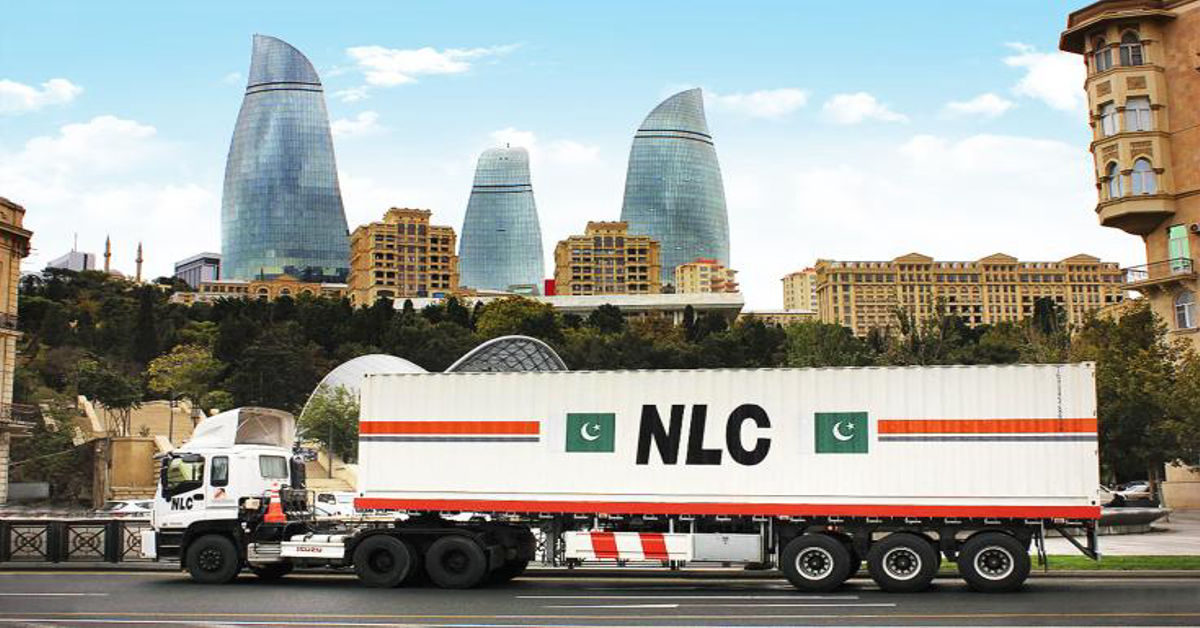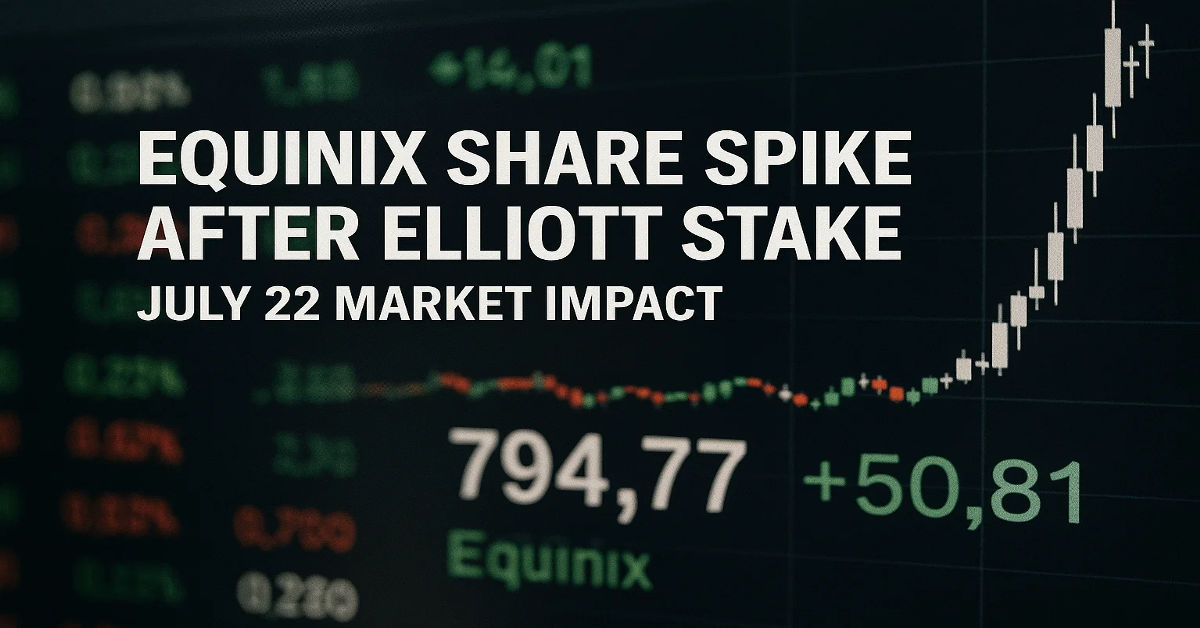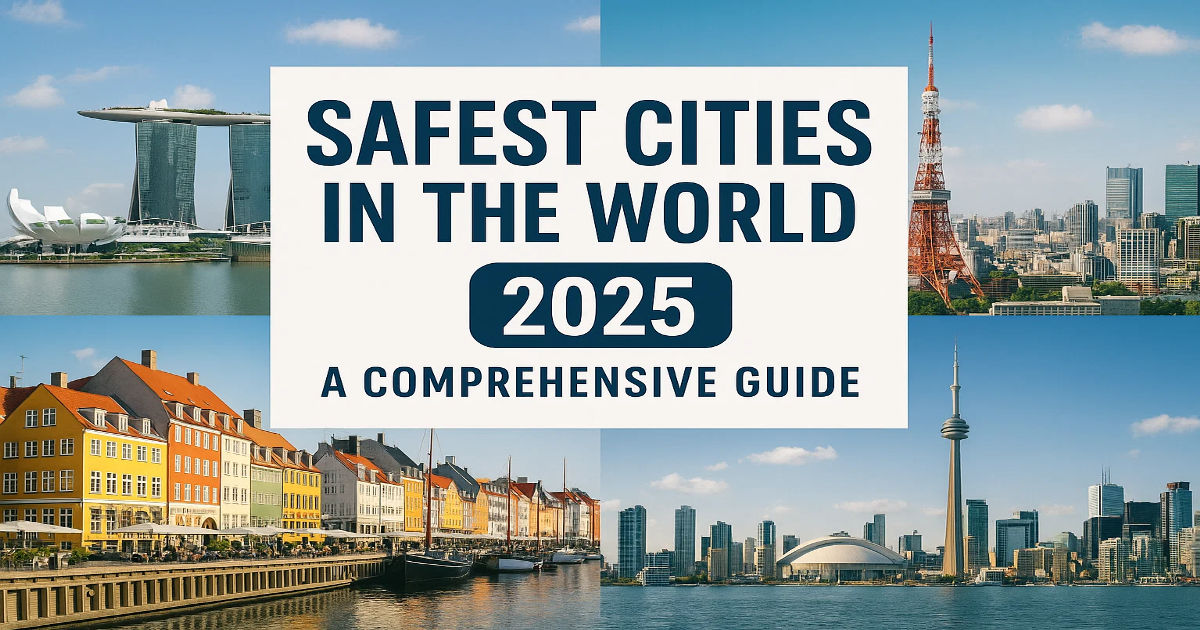
When planning a trip, considering a move, or simply staying informed about global trends, understanding urban safety is more important than ever. The concept of a safe city goes beyond just low crime rates; it includes access to quality healthcare, resilient infrastructure, and digital security. As we look ahead, the list of the Safest Cities in the World 2025 reflects a comprehensive approach to well-being, highlighting urban centers that excel in protecting their residents and visitors. This guide will explore the top-ranking cities and the factors that make them stand out.
Our Methodology & Data Sources
To determine which cities are the safest, we look at several key pillars of urban security. This isn’t just about one number. Instead, it involves a balanced evaluation of various metrics. Our analysis draws from a wide range of information, including global safety indices, public health data, and environmental quality reports.
The main factors considered include personal security, which covers crime rates and the effectiveness of community policing. We also look at digital security, a growing concern that involves cyber safety and privacy. Infrastructure resilience how well a city can handle shocks like natural disasters and the reliability of public transport are also crucial. Finally, healthcare access and quality of life are key components. By combining these elements, we can get a much clearer picture of what makes a city truly safe.
Global Standouts: The Top Performers
Several cities consistently appear at the top of safety rankings due to their balanced performance across all indicators. While each has unique strengths, they all share a commitment to creating secure and stable environments for their citizens. Here are some of the global standouts leading the charge for the Safest Cities in the World 2025.
- Tokyo, Japan: Often cited for its incredibly low crime rates and exceptional public transport reliability, Tokyo makes personal safety feel effortless. Its residents benefit from a strong sense of community and social cohesion.
- Copenhagen, Denmark: This city excels in personal security and environmental quality. Its focus on sustainable living, extensive bike lanes, and strong social safety nets contribute to a high quality of life.
- Singapore: A leader in digital and infrastructure security, Singapore uses smart city technology to enhance urban safety. Its strict laws and focus on governance create a highly predictable and secure environment.
- Zurich, Switzerland: Known for its political stability and outstanding healthcare system, Zurich offers a peaceful and prosperous setting. The city’s high marks in infrastructure and environmental security make it a haven for residents.
Regional Leaders in Urban Safety
Safety isn’t limited to a handful of globally recognized names. Leaders are emerging in every region, each addressing unique local challenges with innovative solutions.
The Americas
In the Americas, Toronto, Canada, stands out for its cultural diversity, social stability, and high marks in healthcare access. The city’s commitment to community policing and inclusive policies helps foster a strong sense of security among its diverse population.
Europe
Beyond Copenhagen and Zurich, many European cities perform exceptionally well. Governance, transparency, and robust social programs are common threads. These cities often prioritize public health and infrastructure resilience, making them stable places to live and work.
Asia-Pacific
The Asia-Pacific region is home to several safety powerhouses. Sydney, Australia, shines with its high scores in digital security and infrastructure resilience. Meanwhile, Seoul, South Korea, is a model of technological advancement, leveraging its smart city infrastructure for everything from traffic management to disaster preparedness.
The Middle East
In the Middle East, Dubai, UAE, has established itself as a benchmark for safety. It scores very high on personal security metrics, backed by a strong focus on law enforcement and investment in modern infrastructure.
Trends to Watch in Urban Safety for 2025
The landscape of urban safety is always changing. One of the most significant trends is the integration of smart city technology. Cities are using data to improve everything from emergency response times to traffic flow. Another key trend is the growing emphasis on environmental security and disaster preparedness as climate-related events become more frequent. The Safest Cities in the World 2025 are those that proactively address these evolving challenges. We are also seeing a greater focus on the connection between safety and quality of life, including mental health support and community engagement initiatives.
What Drives Urban Safety? Key Factors
A city’s safety is built on a foundation of interconnected factors. Low crime is a great start, but it’s only one piece of the puzzle. Resilient infrastructure is essential, ensuring that cities can withstand and recover from natural disasters or system shocks. High-quality healthcare access is another critical component, as a healthy population is a more secure one.
Furthermore, digital security has become a defining feature of modern urban safety. Protecting citizens from cyber threats is now as important as protecting them on the streets. Finally, strong governance and transparency build public trust, which is fundamental to any successful safety strategy. When these elements work together, they create an environment where people can thrive.
How Travelers & Expats Can Evaluate Safety
While global rankings provide a great overview, personal safety is also subjective. If you’re traveling or planning a move, it’s wise to do your own research. Start by looking at official government travel advisories for the most current information.
Explore online forums and expatriate groups to hear directly from people living in the city. Pay attention to discussions about specific neighborhoods, as safety levels can vary within a city. Also, consider factors that matter most to you. Is reliable public transport a priority? Or is access to green spaces more important? Answering these questions will help you find a place that feels safe for you.
Conclusion
Choosing a place to live or visit is a major decision, and safety is a top consideration for almost everyone. The Safest Cities in the World 2025 demonstrate that a holistic approach—combining low crime, resilient infrastructure, digital protection, and quality healthcare—is the key to creating secure urban environments. Cities like Tokyo, Copenhagen, and Singapore set a high standard, but regional leaders across the globe show that progress is being made everywhere. By understanding the factors that contribute to urban safety, you can make more informed decisions and find the right destination for your needs.
Frequently Asked Questions (FAQ)
1. How is “safety” defined in these rankings?
Safety is defined broadly, moving beyond just crime rates. It includes personal security (crime levels), digital security (cyber safety), infrastructure resilience (disaster preparedness), health security (healthcare access), and environmental quality.
2. Is a city with a low crime rate always considered safe?
Not necessarily. While a low crime rate is a crucial component of personal security, a truly safe city also needs resilient infrastructure, reliable healthcare, and protection from digital threats to ensure a high quality of life for its residents.
3. How can I check the current safety status of a city I plan to visit?
It is always best to consult your home country’s official government travel advisories before any trip. These resources provide up-to-date information on security risks, health concerns, and local laws for destinations around the world.
4. Why do Scandinavian and Asian cities often rank so high?
Cities in these regions often benefit from strong social cohesion, high levels of public trust in government, significant investment in modern infrastructure and public transport, and a proactive approach to governance and long-term planning.
5. Does a high cost of living equal a safer city?
There can be a correlation, as wealthier cities often have more resources to invest in safety infrastructure, policing, and healthcare. However, it is not a direct cause-and-effect relationship, and many safe cities offer a reasonable cost of living.


